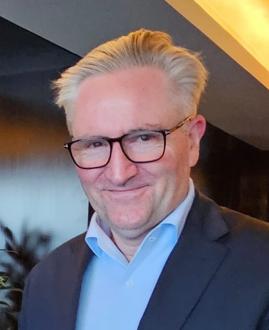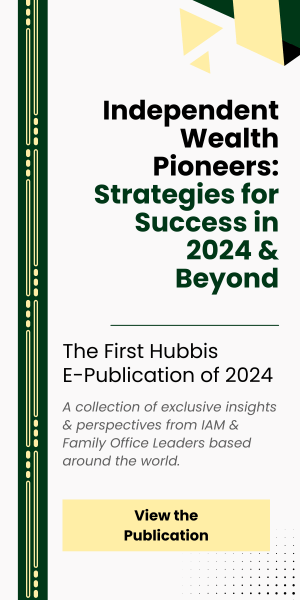Strategy & Practice Management
A need for greater capacity in independent firms

Apr 4, 2017
Creating the next generation of advisers for these types of organisations is one of the main objectives – and hurdles – for the industry as a whole. Doing it and attracting experienced private bankers and other suitable candidates requires the right mind-set.
Panel speakers
Anthonia Hui, Chief Executive Officer, AL Wealth Partners
Philipp Piaz, Partner, Finaport
Vineet K Vohra, CFA, Director & Practice Leader, Arete Financial Partners
David Varley, Chief High Net Worth Officer, Sun Life Hong Kong
Anthony S. Casey, Executive Director, Wealth Management, Swiss Asia
One of the biggest challenges for the independent wealth management segment in Asia is attracting more capable people to join firms which are, essentially, less well-known and are therefore perceived to offer less job security.
And even though the business model and style of independent asset managers (IAMs) and multi-family offices (MFOs) is slowly gaining acceptance, this success needs to be shared and made more widely known.
To drive this, the benefits to private banker of an IAM or MFO model needs to be appreciated.
For example, the greater client time that a relationship manager (RM) gets, the higher the potential longer-term compensation. Further, there is often greater fulfilment from providing holistic solutions to the client’s wealth – beyond what is possible in any single institution.
One avenue for existing independents is to bring in their friends and associates from past corporate worlds to join their firm.
But possibly the bigger draw here, believe practitioners, will be when clients seek out the holistic advice that an IAM and MFO can offer.
These were among some of the take-aways from a discussion involving several key independents at Hubbis’ 5th annual event in Singapore for Asia’s community of IAMs and MFOs.
Suited to the task
The independent model doesn’t appeal to everyone. However, more experienced RMs who have built up a book of clients over the years might want a remit over a bigger pool of the client’s assets.
Taking the kind of entrepreneurial path available via an IAM or MFO, also requires a certain level of financial well-being in the individual RM.
This again is more realistic for the mid- to late-career RMs who are looking to transition to something they can own and do without having to retire as early as would be the case in their bank.
These types of bankers also have the mind-set that enables them to see the real value in being able to work within a structure that is designed to put clients’ interests first, say practitioners, rather than cover the vast overheads of a large financial institution.
For example, since an IAM / MFO tends to be a lot leaner and more efficient, it is more feasible for an adviser to be in a position to say it is ok for clients to keep 30% in cash if that makes sense over a certain time frame. The same is unlikely to be accepted within most private banks, say practitioners at IAMs and MFOs.
Those private bankers who stay put within their institutions are often, therefore, not doing so for the right reasons.
For instance, there will always be people who want to move – and who could do well if they moved – but they don’t. Typically this doesn’t come down to ‘why’, but rather it is the ‘how’, ‘where’ and ‘when’ aspects of the decision that paralyse them.
There are also approaches in acquiring clients which are common to some private bankers, and that differ from those of advisers at IAMs and MFOs.
For example, private bankers often initially benefit from books handed down to them, or books brought over from another firm. Then, they can ideally attract new clients using the appeal of the new institutions to some prospects who previously resisted their advances.
Grooming the next generation
For many independents, and across the industry as a whole, a key focus is where the next generation of individual advisers will come from.
Some recent evidence bodes well, with a survey of the graduating classes on a few campuses showing that a relatively high proportion of millennials seek entrepreneurship and don’t want to work for a large firm.
The fact that there is now a growing number of IAMs and MFOs which are more digital in their preferred channel of engagement also plays to this demographic.
There is the opportunity, say some practitioners, to democratise the engagement model, and take the core benefits of an IAM and extend that to a wider world.
Meanwhile, some IAMs and MFOs take on board interns. These might be individuals who want to enter wealth management in some aspect, and who embrace the philosophy of putting clients first.

Founder & Chief Executive Officer at Hubbis

More from Michael Stanhope, Hubbis
Wealth Solutions & Wealth Planning
Family Offices and the New Dawn for UHNW Wealth Management in Asia
Strategy & Practice Management
A Call to Arms: Wealth Managers in Asia Must Adapt Now to a Brave New World
Latest Articles






